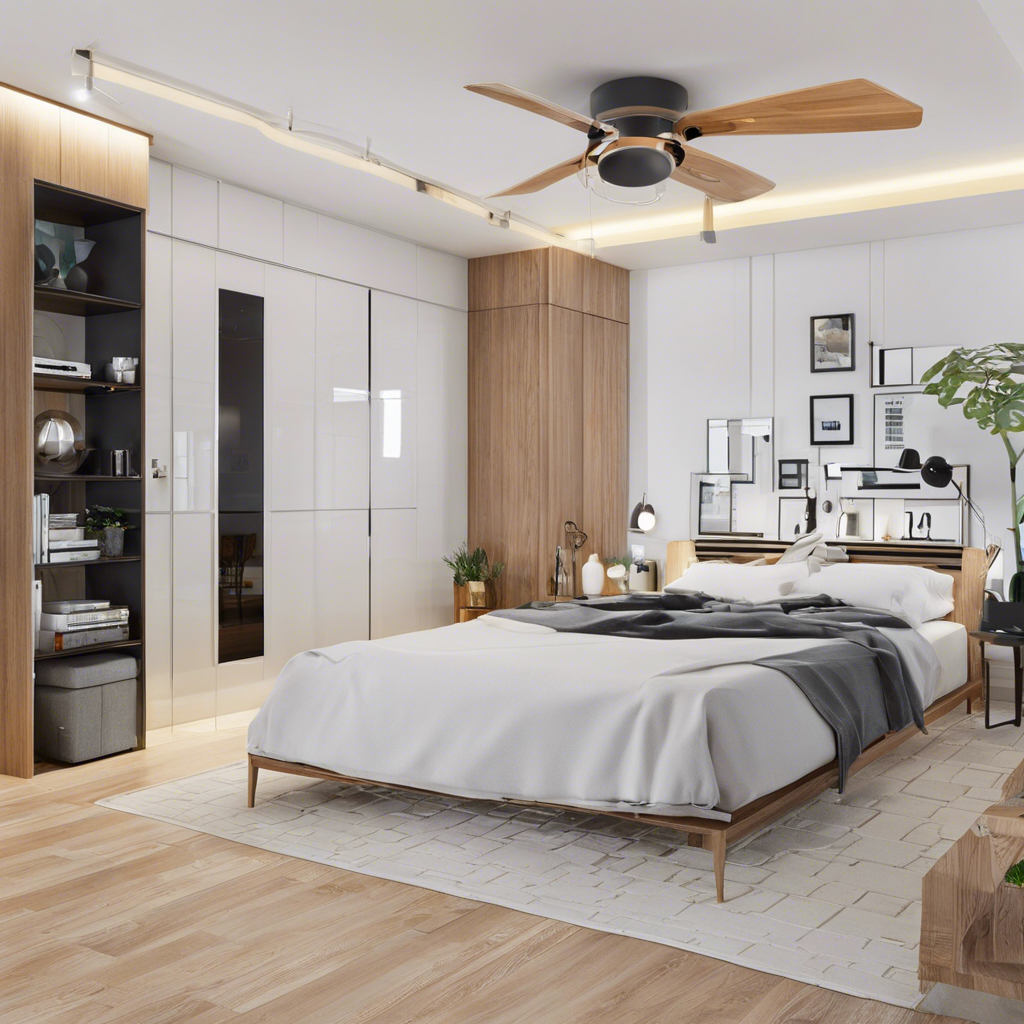So, you want to dive into the world of smart homes but don’t know where to start, especially with budget constraints? Don’t worry; transforming your house into a smart home doesn’t have to break the bank. With a few well-selected devices and some creative thinking, you can create a comfortable, efficient, and cost-effective smart home environment. Let’s explore how to get started on this exciting journey.
First, identify your primary needs and prioritize them. Do you want to start with smart lighting to set the mood and save energy? Consider investing in smart bulbs or switches that can be controlled remotely via your smartphone. They are an excellent entry point into home automation, allowing you to create custom lighting schedules and even change colors for added ambiance.
Next, look into smart speakers or displays. These devices are the hub of many smart home systems, providing voice control for various tasks, from playing music and answering questions to controlling other smart devices in your home. Alexa, Google Assistant, and Siri are the most popular voice assistants, each with its own ecosystem of compatible products.
Another essential part of a smart home is a smart thermostat. These devices learn your daily schedule and adjust the temperature accordingly, ensuring your home is comfortable when you’re there and energy-efficient when you’re out. Many smart thermostats also provide energy reports, helping you understand and reduce your energy consumption.
Security is an integral part of any home, and smart security systems can offer peace of mind. Look for smart cameras, door locks, and alarm systems that you can control and monitor remotely. You can also explore smart doorbells that allow you to see and speak to visitors at your door, even when you’re not at home.
Finally, consider adding smart plugs and switches. These devices can make almost any ordinary appliance smart by allowing you to control and schedule their power supply, saving energy and adding convenience.
Remember, building a smart home is a gradual process, and you don’t need to buy everything at once. Start with the essentials, and expand your system as your budget allows. With time, you’ll have a fully integrated smart home without overspending!



